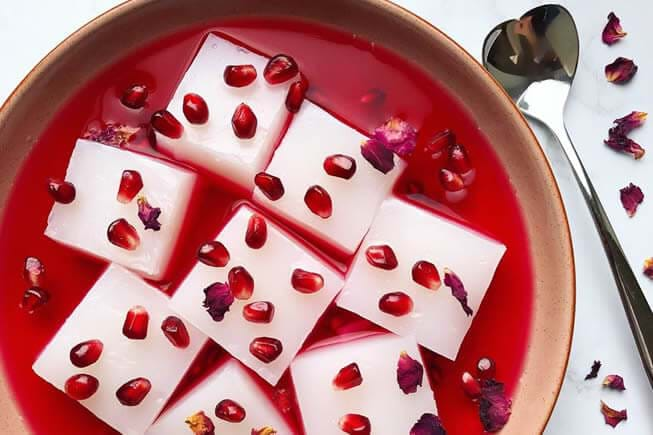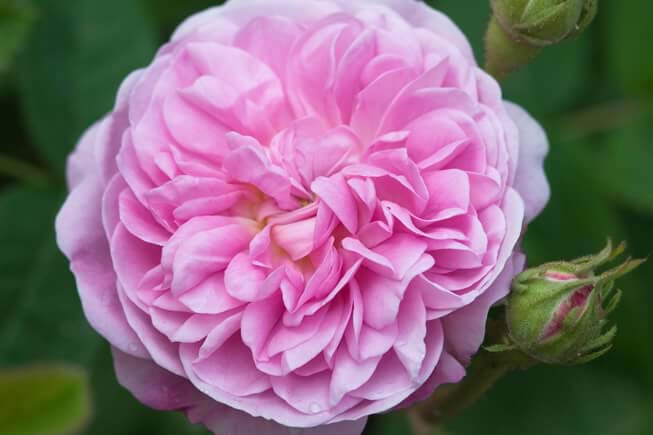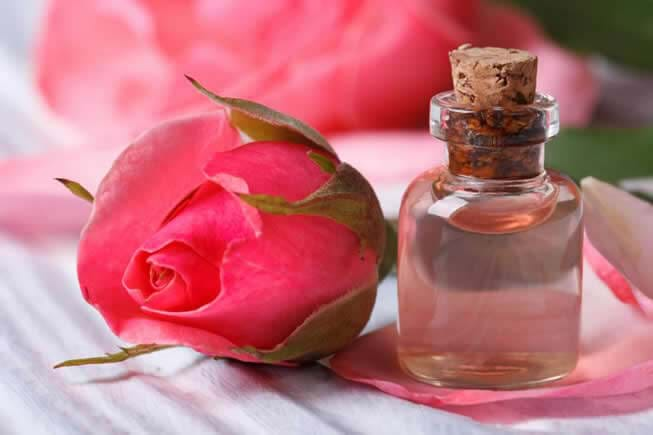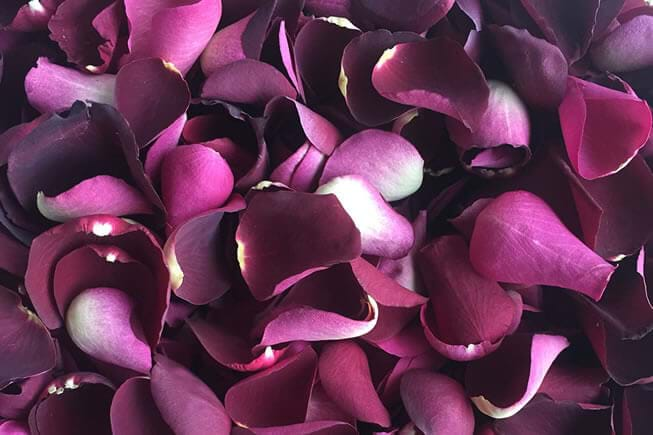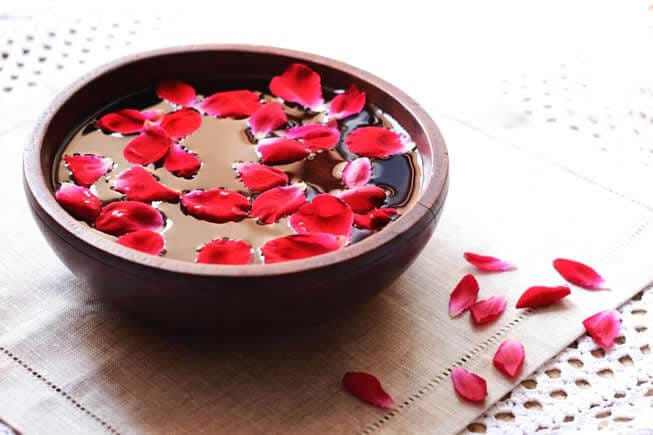In mountain villages where the Spring climate is cool and moist yet not prone to frost, roses are cultivated for the production of rose water. The Damask rose, a variety imported years ago from the Damascus region, is particularly favoured for its fragrance and colour. In the late Spring, villagers wake before dawn to harvest the petals whilst they remain cool and dewy from the night air. The petals are then quickly mixed with water and placed in a sealed cauldron. As the cauldron is heated, steam carries the rose essence through a pipe to another vessel, where it cools and liquefies. The distillation is then poured into dark-coloured glass bottles and stored in a cool, dark place to prevent its deterioration from the sun’s light. Rose water is a common ingredient in Cypriot pastries. Bakers use it, for instance, in creating the syrups for baklava and daktyla (lady’s fingers). Mahalepi, the cool, translucent pudding, is often drenched with rose water to add scent and sweetness and a lovely pink glow. Children enjoy rose water in a glass of cold milk; they can also be cajoled to take a bitter medicine once it is similarly sweetened. Rose water has long been valued for cosmetic purposes, such as cleansing skin and shampooing hair. It is also used in the preparation of rose-flavoured aperitifs and liqueurs. At Annabelle’s Byz Bar, you can try our take on it, the rose petal mojito: the rose cordial and rose petals give this tangy cocktail a distinctively Cypriot sweetness.
